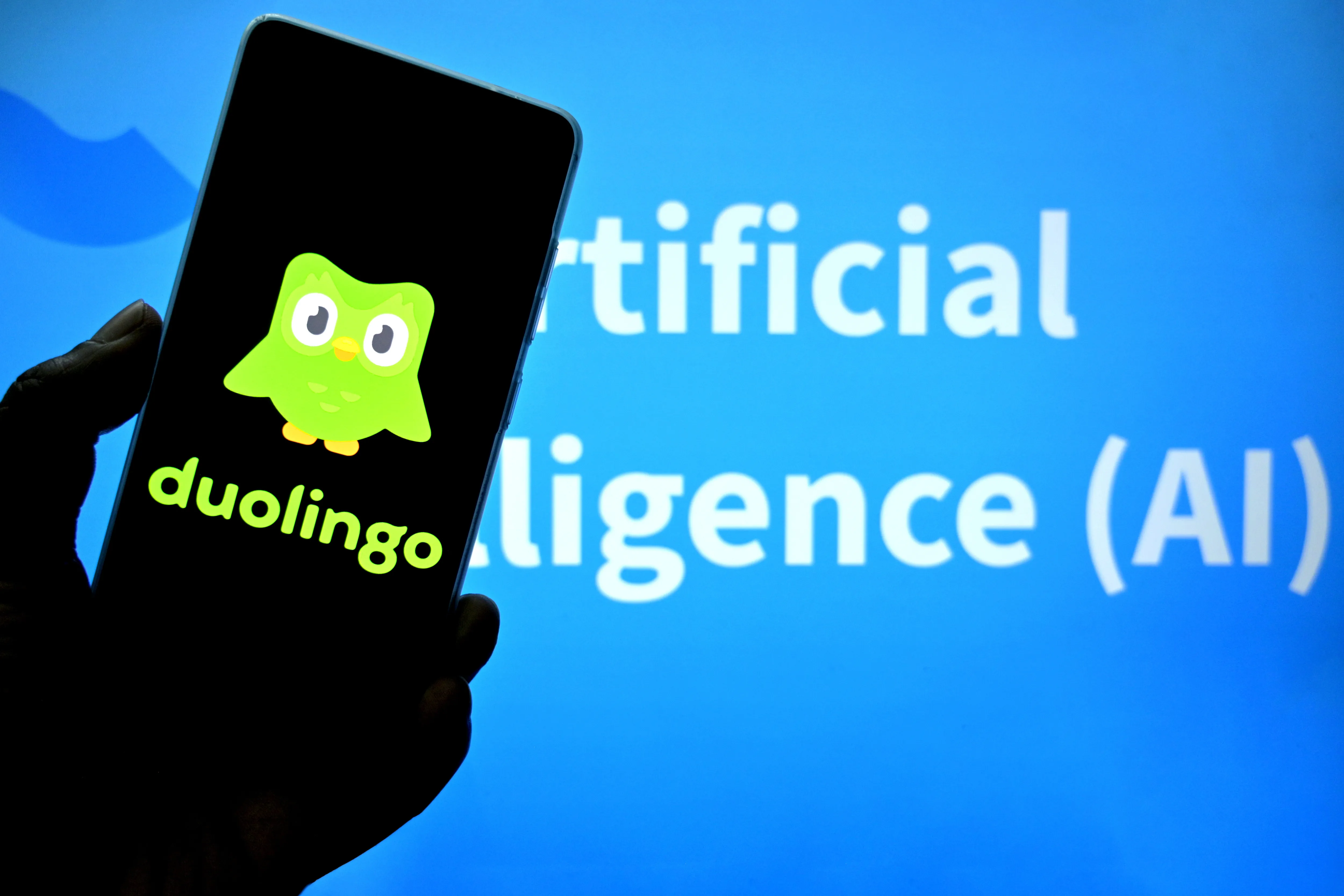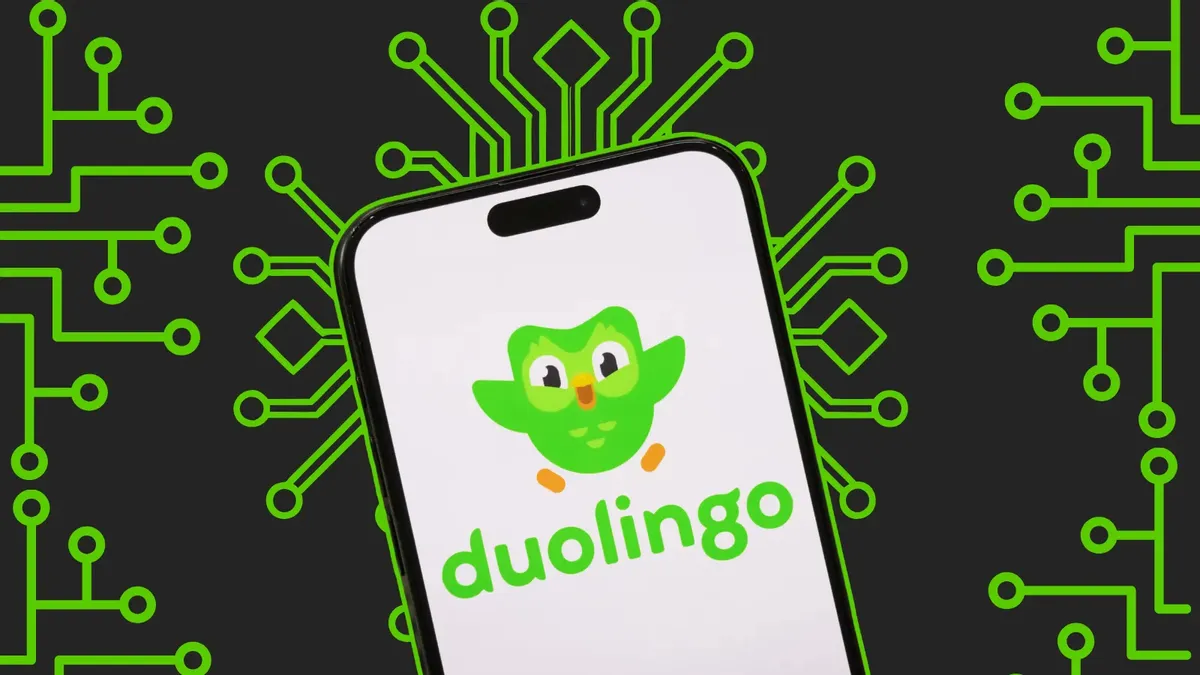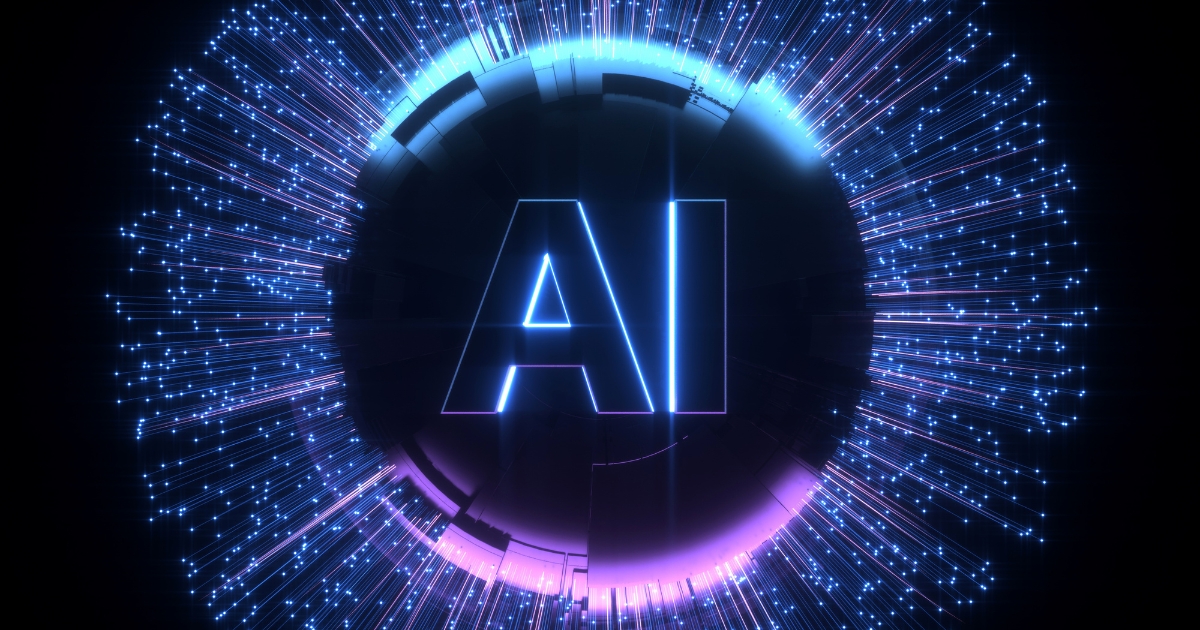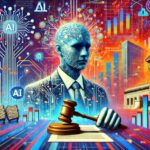Duolingo’s AI Leap: 148 New Courses, Faster Learning, and a Changing Workforce
Duolingo, the world’s leading language-learning platform, has just taken one of the boldest steps in its history—launching an astonishing 148 new courses developed using generative AI. This move nearly doubles its total course offerings, setting a new benchmark in educational technology. But this isn’t just about quantity. The announcement marks a pivotal moment where AI transitions from a support tool into a core architect of the learning experience.
Traditionally, creating new language courses required years of linguistic research, curriculum development, native-speaker involvement, and cultural vetting. Duolingo, by leveraging large language models (LLMs) and proprietary tools, has accelerated this process to under 12 months. It’s an evolution that underscores how AI is transforming not just the **what** of learning, but also the **how, who, and why.**
Reimagining Course Development Through AI
The new courses are primarily beginner-level and include core interactive features such as Stories, DuoRadio, and personalized quizzes. But unlike older courses, these are built on a scalable AI-driven framework capable of adapting content across multiple languages, dialects, and cultural variations—at unprecedented speed.
Duolingo’s AI tools can now generate sentence examples, translate dialogues, correct grammar, and even simulate conversation practice. This significantly reduces the time and cost associated with human-driven course design while also allowing for continuous iteration and improvement based on learner feedback and data.
The goal is clear: build foundational material quickly, then expand it with intermediate and advanced content over time. As AI models mature, they will be capable of handling complex grammar rules, tone adaptation, and region-specific language nuances—creating a more holistic learning experience.
AI as a Core Business Strategy: “AI-First” Model
Duolingo is not merely using AI to create content—it is adopting an “AI-first” philosophy across the entire company. From internal workflows to hiring practices, AI is reshaping how the organization operates. Repetitive tasks—such as tagging lessons, compiling audio, or analyzing learner errors—are now increasingly handled by machine learning systems.
This shift allows Duolingo to operate with leaner teams and direct human effort toward strategic, creative, and supervisory roles. Positions involving curriculum oversight, UX design, and AI training are gaining prominence, while some contract-based content roles are being phased out. This evolution signifies a new era in workforce dynamics where **collaborating with AI** becomes a core skill.
Internally, teams are being trained to work more fluidly with AI tools, enabling faster decision-making, personalized feature testing, and continuous feedback loops—all contributing to a more agile product development environment.

Community Reactions: Excitement Meets Skepticism
While the AI-powered expansion has drawn praise from many users for its breadth and accessibility, it hasn’t been without criticism. Enthusiastic learners celebrate the addition of rare and underrepresented languages—many of which would not have been economically feasible to develop using traditional methods. Languages like Zulu, Haitian Creole, and Maori are now more accessible than ever.
However, educators and language experts have raised valid concerns about the depth and authenticity of AI-generated content. Language is deeply cultural, and critics argue that AI can struggle with tone, idiomatic expressions, or the subtle emotional nuances that make communication authentic. There’s also worry that Duolingo’s friendly, gamified learning tone might become too mechanical if over-automated.
Duolingo appears to be actively addressing these issues, with human reviewers involved in QA (quality assurance) and feedback loops designed to refine AI outputs over time. Nevertheless, these mixed reactions highlight the delicate balance required between **scalability and authenticity.**
Implications for the Broader EdTech Landscape
Duolingo’s move is a glimpse into the future of education technology, where content delivery, curriculum design, and learner engagement are increasingly shaped by algorithms. This transformation has global implications—making quality education more accessible across borders, languages, and economic classes.
AI-driven platforms can now address previously underserved learner groups, support more personalized learning journeys, and evolve at a pace that traditional educational systems can’t match. However, the responsibility grows as well. Companies must prioritize quality assurance, cultural integrity, and transparent use of AI in educational content.
Duolingo’s leadership in this space could influence universities, certification providers, and even K-12 programs to rethink how they approach scale and cost-efficiency without compromising quality. As AI continues to mature, ethical and pedagogical frameworks must evolve in parallel to ensure a positive impact.
The Future of Duolingo: Where AI and Education Converge
Duolingo’s integration of generative AI into every layer of its product and organization marks a turning point—not just for the company but for the education industry as a whole. It proves that massive content expansion and technological innovation can coexist with user engagement and platform consistency, if executed responsibly.
Looking ahead, we can expect AI to assist in building adaptive lessons, voice-based learning experiences, and hyper-personalized study paths that learn and evolve with the user. Duolingo’s journey suggests that the future of education will not be led solely by teachers or machines—but by a collaborative system where both work in tandem.
One thing is certain: Duolingo has shown the world that AI is not just a trend in EdTech—it is the infrastructure of its future.






No Comment! Be the first one.